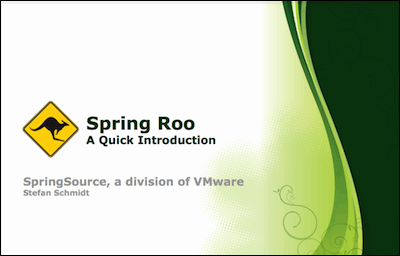Today we will be releasing version 2.0 of the dm server. This represents a major milestone for the project, and for enterprise application development with OSGi in general. I’m delighted to now be able to reveal the next step in the dm Server journey: we have submitted a proposal at Eclipse.org to continue development of the dm Server as part of the Eclipse RT top-level project. The Eclipse nickname for the project is Virgo.
Quick links:
What does this mean for users of dm Server?
The move to Eclipse.org has a number of practical implications for users of dm Server:
- Project hosting, home pages, forums, and downloads will all be moved to Eclipse.org infrastructure
- The license will change from the current (largely) GPL license, to the Eclipse Public License (EPL)
- It will be much easier for other organizations and community members to get involved in the ongoing development of Virgo
The combination of the license change and community hosting at Eclipse.org opens the codebase to a much broader set of users and developers.
The follow-on release of dm Server will be developed and released from Eclipse.org.
Why is SpringSource making this change?
The dm Server represents a significant amount of intellectual property (IP) and has been in full-time development for over 2 years. Why would SpringSource move this project to Eclipse.org?
We set out with a vision to make modular application development a…

